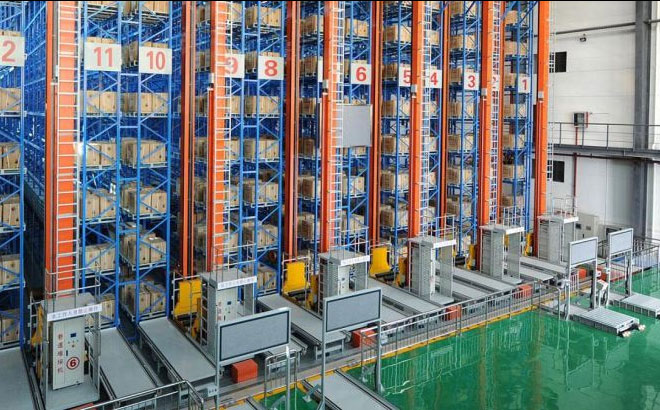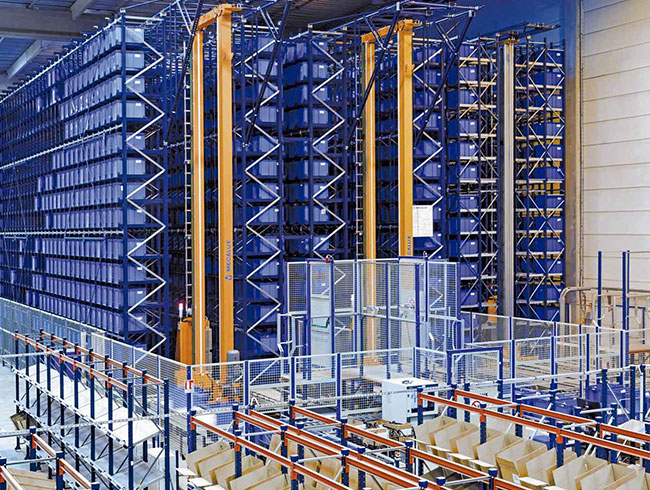WE HAVE SOLUTIONS FOR CUTTING-EDGE PROBLEMS THAT YOUR END OF PRODUCTION LINE MAY BE EXPOSED TO from dsfsdf's blog
Processors in the food and beverage manufacturing industry, personal care products manufacturing, and pharmaceutical manufacturing who handle boxes or packages at the end of production lines are all familiar with the fact that workflows are manageable and that operators complete many activities manually when operations first begin. In addition,As a result of the introduction of new product management practices into the industry, the operations of these industries are becoming unsustainable at a rapid pace.
Three cutting-edge solutions that are able to demonstrate their worth at the end of the manufacturing process are listed below. 1.

Sorters are a type of person who excels at keeping their surroundings organized and in order.
Assuming you're like the majority of people, you've probably wondered about the various automated solutions that can be put in place to transfer finished goods to a warehouse in a practical manner.
The installation of conveyor systems to transport products from multiple production lines to a sorter is frequently required when multipleproduction lines are combined (either through a merger or through automated confluences). The implementation of this solution, when done correctly, generates a significant amount of traffic without causing any damage to the product itself. Following the transfer of the product to the warehouse, it is necessary to reclassify the product to reflect the new classification.
Once we have reached this point, we must determine whether or not the rate is manageable and whether or not it is consistent with safe working conditions that prevent any potential damage from occurring. Only if the products are packaged in this manner can they be palletized manually.
In production lines that produce a large volume of product, automatic palletizing is the most cost-effective and efficient option to consider. Each and every decision is made in light of the features, flow, and specific requirements of the product under consideration.
The palletizing of goods on an automatic basis is a feature.
When it comes to planking, this term refers to work that is completed without the assistance of human labor. On the other hand, a specialized automatic system that has been specifically designed for this purpose is required. Automatic palletizing is a particularly advantageous option at the end of the line when there is a large volume of product or a large volume of human labor involved. The most appropriate palletizing solution (including robotic palletizing) for each application (including robotic palletizing) will be selected based on the flow rates, product size, product thickness, and overall process complexity of the application.

Production inputs and outputs can be recorded with the help of sorters, automatic palletizing, and the appropriate software. This allows for the identification of the batch in which the product is found, as well as the time and line on which it was processed.
- Autonomous Ground Vehicles (AGVs) are vehicles that can drive themselves around a battlefield.
There is also the scenario in which a customer requests that the product be delivered directly to the loading dock, which is possible. The operation would devolve into a logistical nightmare if automated guided vehicles were not utilized. Because of this, we recommend the use of automated guided vehicles.
On the surface, this is a guided vehicle that retrieves a product and scans the bar code on it before transporting it to a storage location within a distribution center. This results in traffic flow being controlled by software, which may even be able to handle multiple routes at the same time if necessary. Also included are alerts for jobs still in progress and on their way to completion, allowing the entire operation to run more smoothly and efficiently. Recall that chaotic operations are the result of insufficient planning and attention, and that the consequences include a significant increase in costs, time, and losses as a result.

The Wall